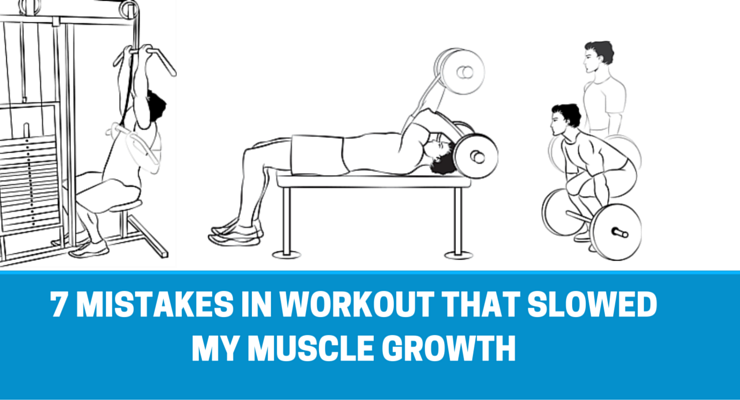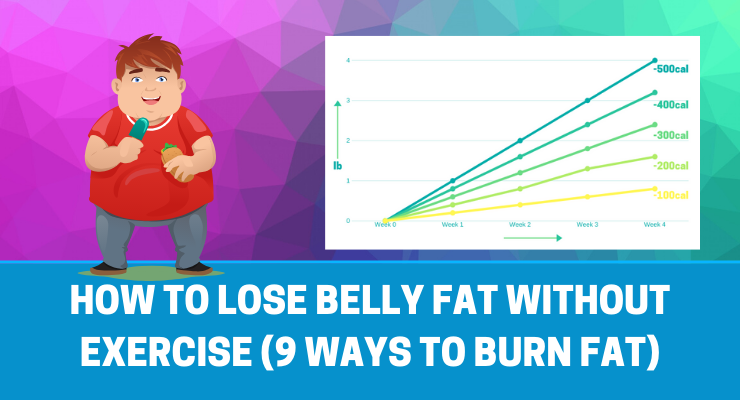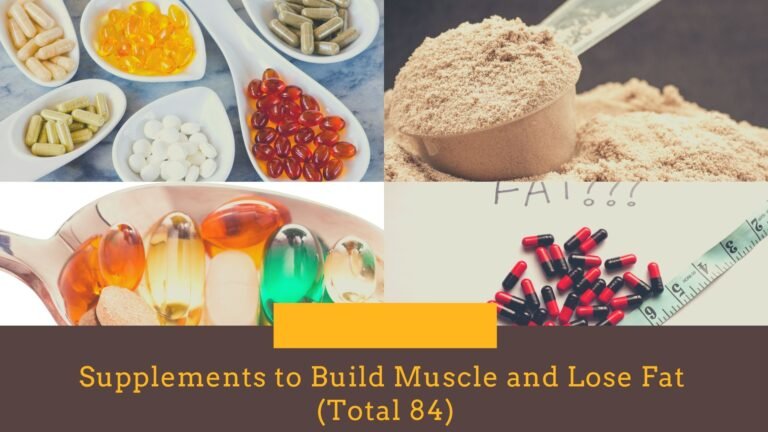
Similar Posts

7 Mistakes In Workout That Slowed My Muscle Growth
Here i want to include the workout mistakes that i made while workout in gym. These big mistakes had slow down my muscle growth. I am writing this to help you to figure out, whether you are doing these workout mistakes. Amazon Basics High Density Foam Roller for Exercise and Recovery, 18 Inches, Black TriggerPoint…

How to lose belly fat without exercise (9 ways to burn fat)?
Yeah, it’s possible to lose belly fat without exercise. But what about crunches? Thermogenic Fat Burner Brazilian Lean, Weight Loss Pills for Women, Waist Trimmer & Supplements for Bloating for Women & Men, 60 Capsules ALPHA LION Burn2O L-Carnitine Liquid 2000mg – Stim Free Super Thermogenic Fat Burner with MitoBurn® & CaloriBurn GP®, Metabolism Booster,…

Supplements to Build Muscle and Lose Fat (Total 84)
This monster guide pull out 82 supplements with muscle building and fat loss claims. Most of these supplements fail to prove its claims.
Those supplements are costly and backed by advertisement and popularly known as “magic pills”.
Magic pills will work only in comics, in real world there are no magic pills.
There are supplements that can support muscle growth and improve your workout performance.
Similarly there are supplements that can boost your metabolism (burn more calories), reduce your appetite (reduce binge eating), and increase your satiety (eat less food). These will lead to fat loss / weight loss.

Fastest Way To Burn Fat | 10 Steps To Turn Yourself Into A Fat-burning Machine
Here you can read the top 10 fat loss tactics that can help you to shred fat.
This article comes as the second part of our fat loss article. I am assuming that you have read that article about fat storage and fat burning mechanism.
This article guides you through advanced steps you can follow to lose fat. Each of which has a clear plan to install that tactics in your daily routine.

Ultimate Chest Workouts – The Best Chest Workout for Mass and Shape
Monday is for chest workout, this is our routine in gym. Not only our gym monday is the national chest workout day. Yoleo Adjustable Weight Bench for Full Body Workout; Foldable Bench Press Bench of Home Gym Strength Training; Incline Decline Flat Utility Workout Bench with Quick Folding& Fast Adjustment (Black) NICEPEOPLE Basic Weight Bench…

Ultimate Back Workouts – The Best Back Workout
Your back muscles contribute 2/3 of the upper body muscles. It’s necessary to train the muscles with a proper workout routine that train all the muscles in the back, So that you will get optimum development on your back. Anatomy of your Back Muscles Your back is a complex set of 4 major muscle groups….
